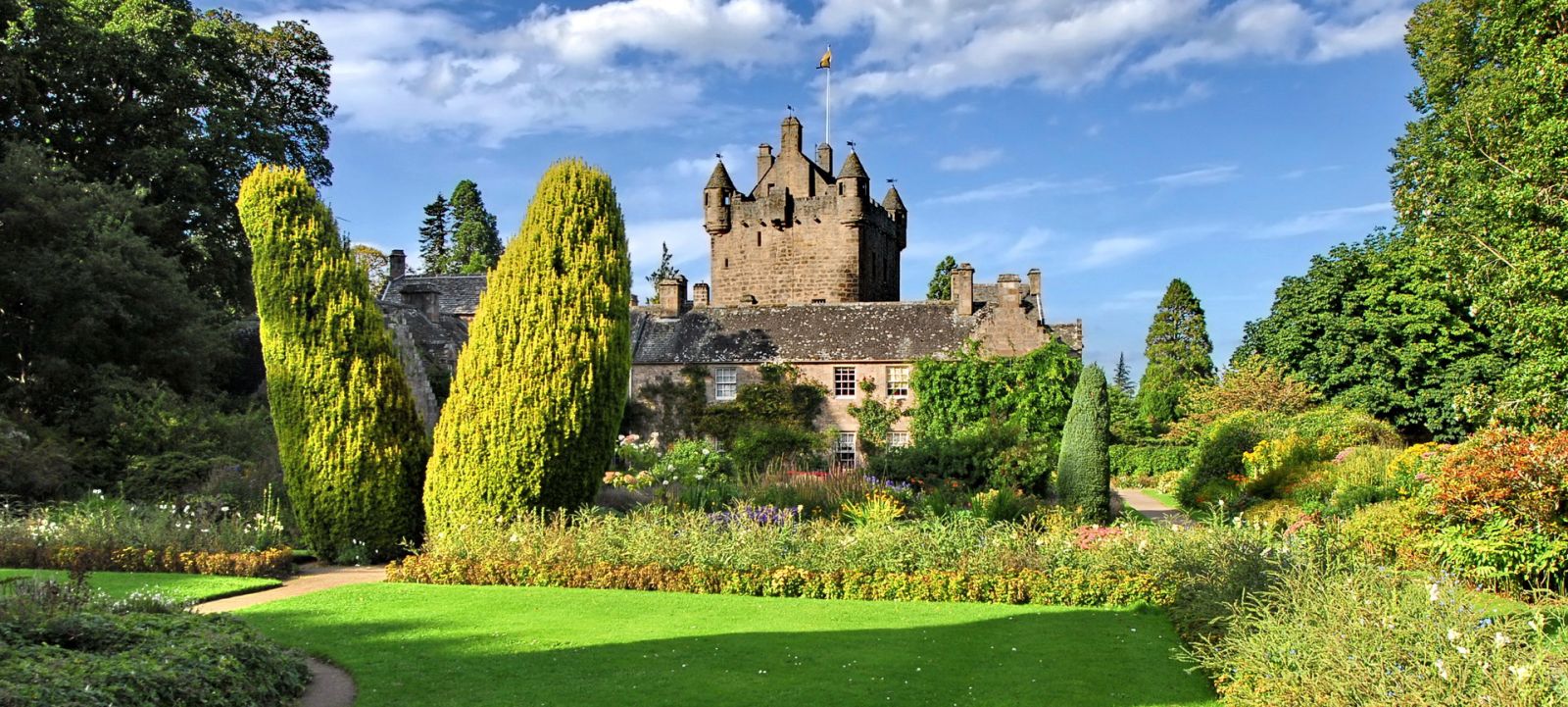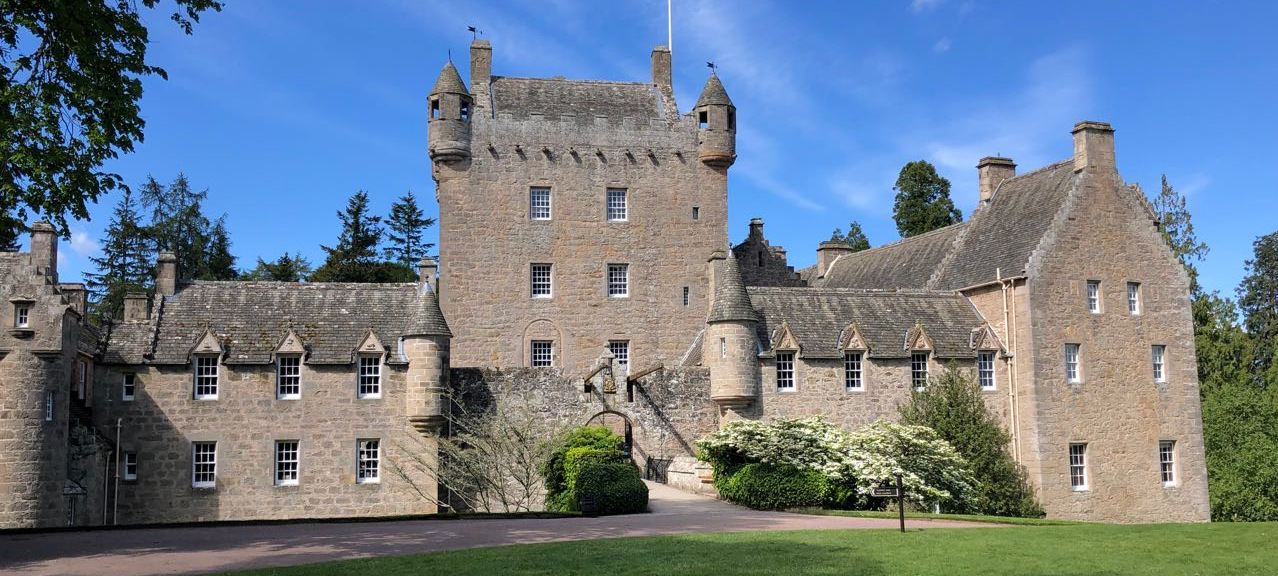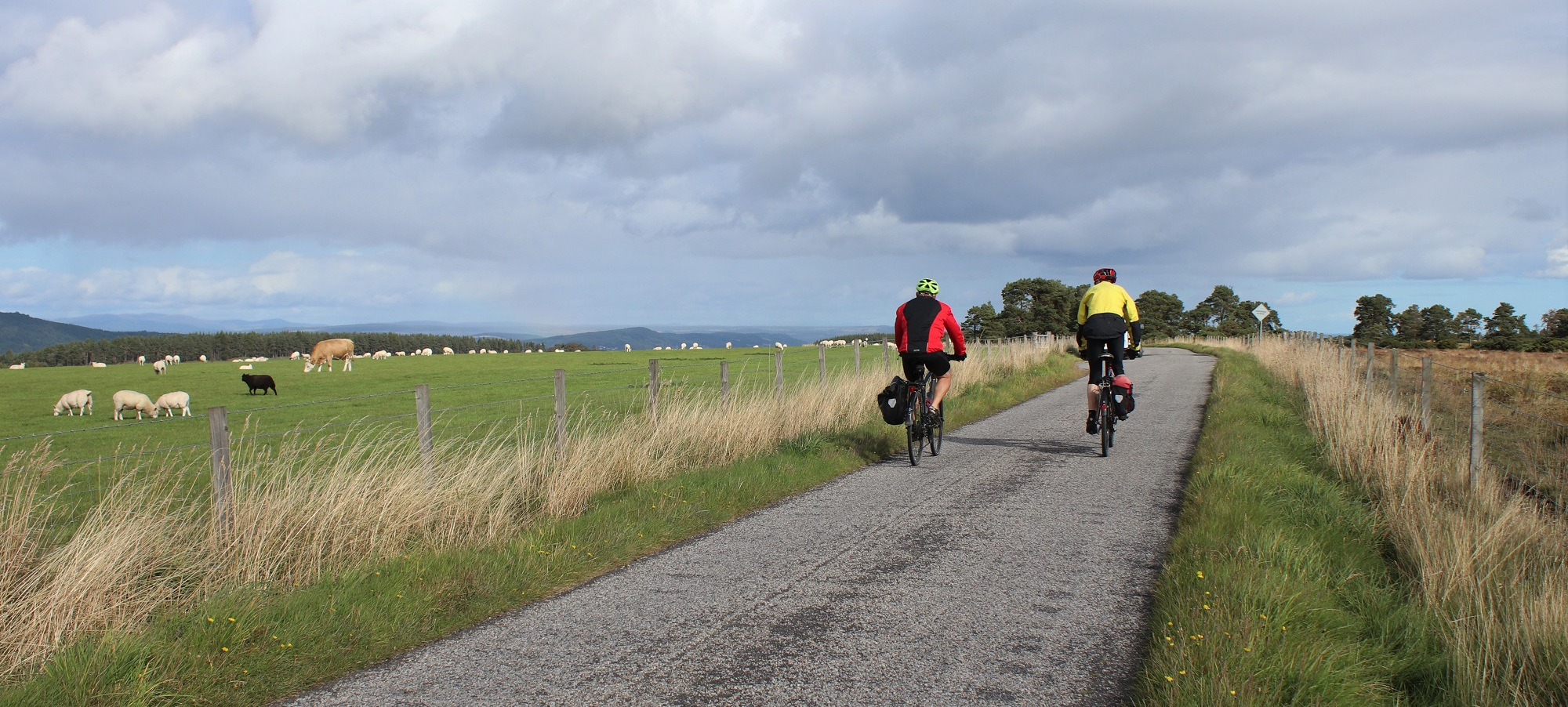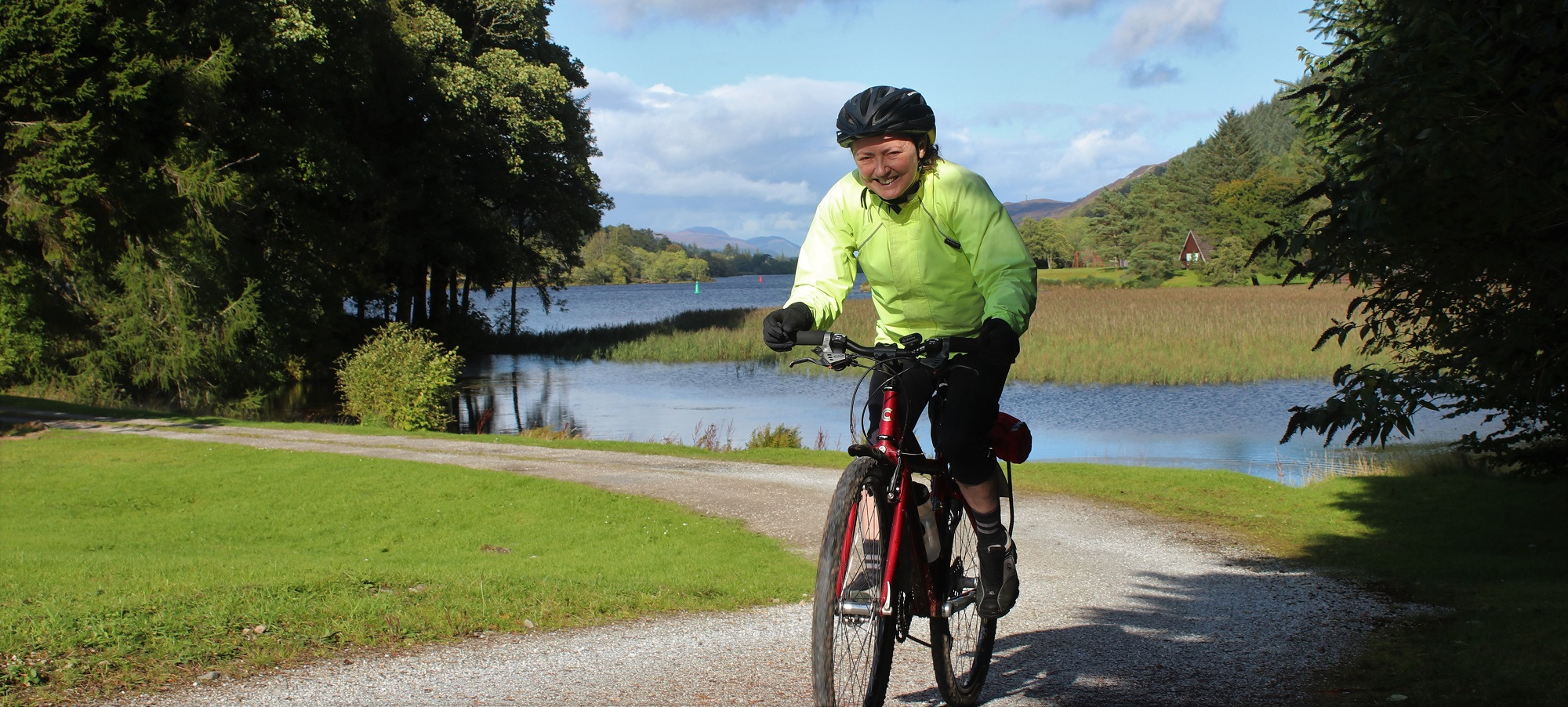Key Places:
Cairngorms & Speyside - Self-Guided Cycling Holiday
7 Day: Self-Guided : Road/Touring
Brodie castle
A grand ancestral home of the Brodie clan for over 400 years. Now managed by the National Trust, inside there are impressive art collections, decorative ceilings and fine furniture. Outside, you can explore beautifully landscaped gardens and a nature trail.
Cairngorms National Park is a national park in northeast Scotland, established in 2003. It was the second of two national parks established by the Scottish Parliament, after Loch Lomond and The Trossachs National Park, which was set up in 2002. The park covers the Cairngorms range of mountains, and surrounding hills. Wikipedia
Mythologized by Shakespeare as home to the Thane of Cawdor, the fort was in fact not built until the 14th Century. Cawdor was constructed on the ruins of an ancient medieval fort built around a holly tree. The remains can still be seen within the building.
A well-preserved Bronze Age cemetery complex of passage graves; ring and kerb cairns and standing stones in a scenic location. Around 2000 BC a row of large cairns was built, three of which remain today. Use of the cemetery resumed about 100 years later; new burials were placed in some of the existing cairns. Three smaller monuments were built including a 'kerb cairn'. Remains of a smaller cemetery can also be seen at Milton of Clava, a short distance away. Archaeological excavations have found evidence of farming on the site before any of these monuments were built.
"Marking the spot of the last major battle on British soil, the wild moor at Culloden is the resting place of 1,500 Jacobite and 50 Government soldiers who fought and died here in 1746. Today, you can walk along the battle lines and see the graves of the soldiers beside the memorial cairn in the centre of the battlefield.
Flags represent the front lines of both armies and show the vast scale of the battle, whilst in the centre clan markers indicate the graves of the fallen.
As part of our continued conservation of the site, we work hard to try and restore the land, as closely as possible, to how it would have looked in the 18th century. Working alongside our Facilities team, we have goats and Shetland cows who graze the land just as they would have years ago.
The unique landscape of Culloden is also home to a rich variety of wildlife, including skylarks (who both live and breed on the battlefield) and garden tiger moth caterpillars – these have been in decline since the 1970s but have found a space at Culloden.
The Culloden roof garden and wildflower meadow is a lovely space. Ox-eye daisies, ragged robin and vetches blow in the breeze as you take in the 360-degree views of the battlefield." The National Trust for Scotland
Described as the 'Lantern of the North' this majestic medieval ruin has two towers: West Front and Chapter House that remain intact. Climbing to the top of one of these towers you will be rewarded with magnificent views of the area.
Inverness
Inverness lies at the north-eastern end of the Great Glen (Gleann Mòr). The city is the area’s largest metropolis and regarded as the capital of the Highlands. Meaning ‘mouth of the river Ness’ in Gaelic, the city is located where the Ness River flows out of Loch Ness into the Moray Firth (famous for its resident pod of Bottlenose dolphins). Inverness is near to two key historic battle sites: the 11th-century battle of Blàr nam Fèinne against Norway which took place on The Aird to the west of the city and the 18th-century Battle of Culloden (the last battle fought on British soil). Inverness Castle now stands were, legend has it, was once the seat of 11th Century Gaelic king Mac Bethad Mac Findláich who murdered king Donnchad Mac Crinain, as fictionalised by Shakespeare in ‘the Scottish play’.
There are many other historic buildings, notably in the Old Town and Victorian Market. St Andrew's Cathedral, built from Red Tarradale stone, with a nave of five bays, divided by columns of Peterhead granite, has an imposing position on the River Ness. You can take a circular walk from the castle along the river and through the Ness Islands. Other attractions in the city include Inverness Museum & Art Gallery, tropical gardens at Inverness Floral Hall and a Titanic Inverness Maritime Museum.
Above the city lies Craig Phadrig, an ancient hill fort and once the stronghold of Pictish Kings. From here you can enjoy forest walks and magnificent views of the Moray Firth.
If you need assistance or wish to discuss the tour, please feel free to call us on +44 (0) 1463 417707.
Alternatively, you can email us on office@redspokes.co.uk for more information on this adventure holiday.
Key Places
There are several key places on our Cairngorms & Speyside - Self-Guided cycling holiday. Please choose from the following list for more information on each key place.
Customer Testimonial
"Our cycling adventure through the Cairngorms and Speyside was absolutely amazing. The breathtaking natural beauty of the region left us in awe, and the thoughtfully chosen accommodations offered a cozy..."
John Granger











 - Copy_1.jpg)
.jpg)
